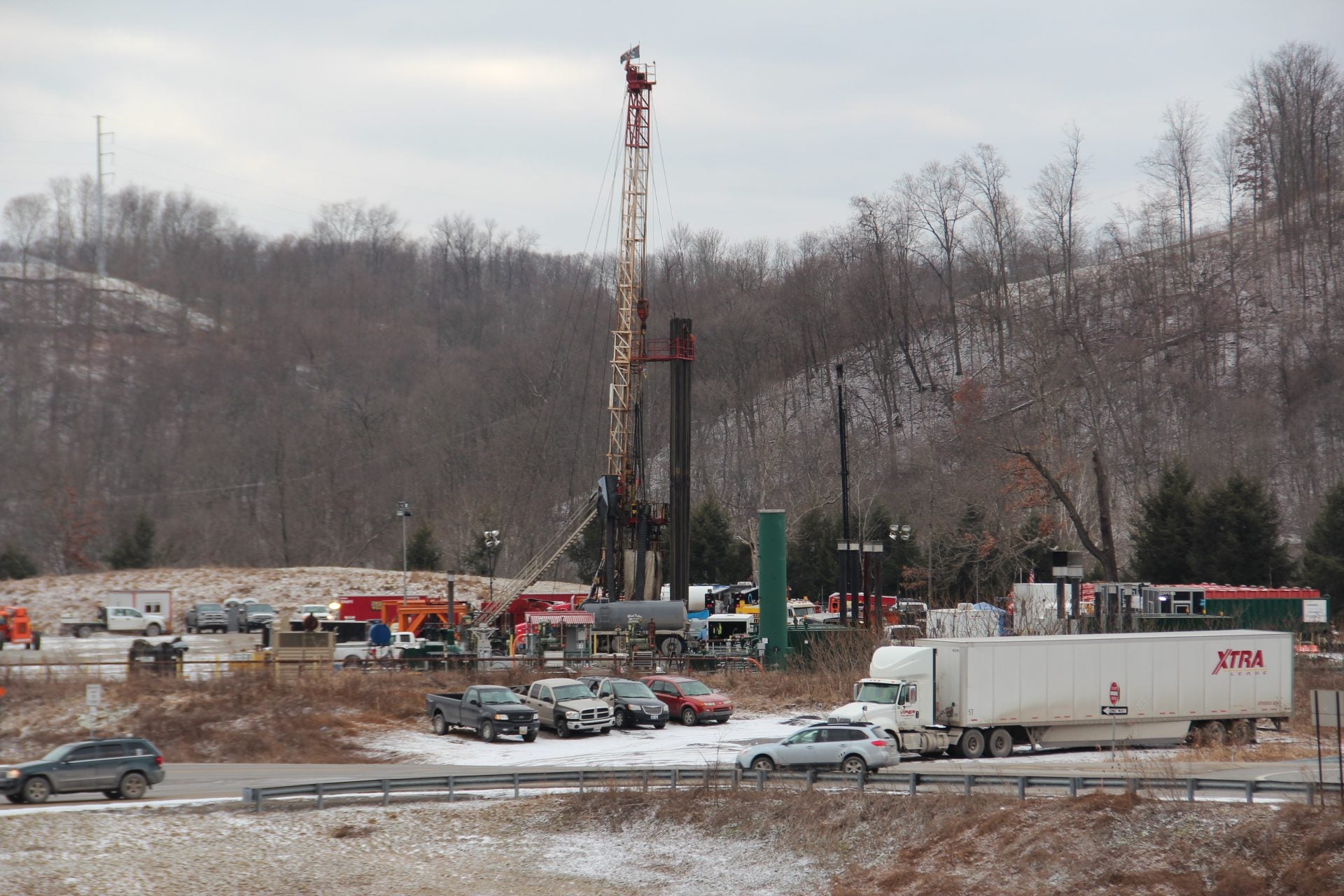Jobs
Fracking in Pennsylvania: Jobs down, environmental violations continue

How many fracking jobs are there in Pennsylvania?
Job creation is touted as the most significant benefit of the fracking boom, especially in the more rural parts of the state where good-paying jobs can be scarce.
One of the first job creation reports painted a rosy picture. Published in 2010 by Penn State University and paid for by the industry, it predicted fracking the Marcellus Shale formation would support 200,000 jobs by 2020. Six years later, another Penn State study with different authors reported about 26,000 direct jobs in the industry, half of which were filled by out-of-state residents.
Today, that number is even smaller. In March of 2024, the state reported 16,831 direct jobs in the industry, less than one half of 1% of all jobs.
As a comparison, direct construction jobs account for about 260,000 jobs in the state, while manufacturing currently provides 566,800 jobs.
So why are we hearing in political ads and from some national journalists that fracking in Pennsylvania accounts for about 120,000 jobs?
The number stems from a 2023 report by the industry that takes a very different approach to counting employment and reported 123,000 jobs were related to fracking in Pennsylvania — a year when the federal Bureau of Labor Statistics listed direct oil and gas jobs in the state at about 12,000. The Marcellus Shale Coalition surveyed companies in 2022. Its report states that the 123,000 figure includes direct jobs, as well as those “generated through the supply chain and employee spending across different sectors of the economy.”
But the methods used in the industry job study are very different from those used by academics and financial analysts, and as a result, cast a very wide net. The report’s job numbers are about 10 times the number of direct fracking jobs reported in the state for 2022.
“Typically anything over [twice] the number of direct jobs is looked at as unreasonable by economists who do this type of economic impact analysis,” said Tim Kelsey, a professor of agricultural economics at Penn State who also co-authored the 2016 job study.
Indirect jobs could include a warehouse job related to oil and gas drilling, for example, or a factory job that makes parts for a drilling rig.
“There are of course going to be some indirect jobs, but to go from [16,800 direct] jobs to 123,000 total, that’s a stretch,” said Kenneth Gillingham, professor of economics at the Yale School of the Environment.
“Induced” jobs refer to spending by gas workers creating a lunch rush at a local pizza shop, for example, and potentially leading the owner to hire extra workers. It could also count increased spending by local residents who get royalties from a gas lease.
Gillingham said most of the country is experiencing full employment right now, meaning jobs are “just moving from one place to the other.” There may be areas of rural Pennsylvania that are economically depressed, he said, but the bulk of the “indirect” or “induced” jobs will likely be low-paying.
Jeremy Weber, a professor at the University of Pittsburgh specializing in energy and environmental policy, agreed that the multiplier typically used to calculate “indirect” jobs is rarely more than two or three.
He said the numbers of jobs in the Marcellus Shale Coalition report are often misinterpreted. “These numbers are not how many more jobs we have today in Pennsylvania because of shale gas development,” said Weber.
He used the example of how the 2023 industry report counts the increased use of natural gas as a source of electricity generation in the state.
“And they attribute all of that natural gas employment associated with power generation to the shale gas industry,” Weber said. “Well, in Pennsylvania we’re producing roughly the same amount of electricity today as we did before there was any shale gas development. So the total number of people employed in the electric power sector probably hasn’t changed hardly at all. We’ve just shifted the chairs, so to speak, and are now drawing more [electricity from] natural gas.”
The industry calculation also includes jobs associated with natural gas distribution, which Weber said “makes no sense.”
“In Pennsylvania, we’re consuming in our homes and businesses about the same amount of natural gas today as we did 15 years ago before shale took off. And yet, their methodology and study includes all of the jobs associated with providing natural gas to homes and businesses as attributable to shale development.”
Weber said it’s unclear what assumptions were made regarding spending by leaseholders.
“We know that from surveys of lenders, [the leaseholders] don’t spend all of it right away,” he said. “They save a lot of it, and they spend it differently than other sources of income. So how are the modelers treating that?”
Fracking proponents also point to the decrease in utility bills due to the shale gas boom. Weber said there’s no dispute about that.
“The explosion of natural gas production from the Appalachian Basin and from other parts of the country resulted in a game-changing downward shift in price,” Weber said.
Although it may be lower in Pennsylvania, the average national price of natural gas now hovers around $2.33 cents per MMBtu. In any given year it can fluctuate around that figure, but in 2022, it averaged $6.45 largely due to the war in Ukraine.
The number of newly fracked gas wells drilled in the state has decreased, which could be a factor in the decrease in the number of jobs.
An analysis from the state’s Independent Fiscal Office says Pennsylvania companies drilled 63 new wells between April and June — the lowest quarterly number since 2008. Natural gas production also dropped by 4.8%, the lowest quarterly production volume since 2020 during the early days of the pandemic. But over the past 20 years the laterals, meaning the horizontal parts of the wells that travel far from the wellhead, have increased in length, allowing each individual fracked gas well to be more productive.
Twenty years after the state’s first shale gas well was drilled, Pennsylvania remains the second largest natural gas producer, behind Texas.
The drop in the number of natural gas wells drilled meant that 2023 was the lowest year yet for impact fees paid to state coffers. That is because the impact fee is not based on production volumes, but is a fee per well that also takes into account the price of natural gas.










